5 Historical & Cultural Spots You Should Visit in Bangkok
September 29, 2016

Usually, ladies would visit Bangkok for their super affordable shopping and street food while guys would party hard and soak in Bangkok’s vibrant nightlife. But, all of you have forgotten that without Bangkok’s history and culture, you wouldn’t be enjoying yourselves today. Tourism in Thailand has seen a rapid increase in recent years and became the most visited in Southeast Asia in 2015. With the support from Thai Airways and the Tourism Authority of Thailand, the World Tourism Organization hopes to show the world Bangkok’s majestic temples, its rich culture, old streets, gastronomic delights and impressive skyline.
If you’re interested in exploring Bangkok’s disappearing neighbourhoods, do check out HiveSters as they have participated in the “Appear Project” which explores six hidden gem communities in Bangkok. We had an eye-opening learning journey as we embarked on discovering some of the cultural and heritage places in Bangkok.
Visit Phra Sumen Fort and Chao Praya River

Located right in the centre of Rattanakosin Island, Bang Lamphu was once known as the commercial centre of Bangkok. Similar to today’s Siam Square, it was the hub of shopping and entertainment and was frequented by celebrities and locals alike. It became a bustling multicultural district where many ethnics and races resettled, including Thais, Patani Muslims, Chinese and Mons. However, there are only a few craftsmen such as goldsmiths and silversmiths left. Despite being overshadowed by the neighbouring tourist hub, Khao San Road, there are still lots of interesting arts and rich cultures hidden in the Bang Lamphu neighbourhood.
Phra Sumen Fort is the last one of two forts at present day that still remains from the total of fourteen forts that were built in the reign of King Rama 1. It was made from bricks coated with cement in octagon shape. Its front side faces towards Bang Lamphu Canal. The basements of the fort and the wall are made to be wide flattened bases and are situated 2 metres under the ground. It’s a 3-storey tower and has 3 staircases inside the fort. It also has earthwork and a shelter that protects the ammunition. In the middle of the fort, there are 38 rooms for ammunition and weaponry storage. However, the 7 angle-shaped battle tower and the roof tumbled down during the reign of King Rama 5 and King Rama 7. In 1981, the Fine Arts Department renovated the fort using old photos taken during the reign of King Rama 5 and registered it as a national monument in 1949.
Chao Praya River is the “lifeblood of Bangkok” and approximately 50,000 people use ferries to get around each day. On both shores lie hotels and condominiums, magnificent temples, churches and civic buildings that look 19th century European. If you’re observant enough, you’ll notice old wooden sampan boats selling noodle soups or dried squids to river workers. This river also earned Bangkok the title of “Venice of the East”. The most special Rama 8 Bridge is a sculptural addition to Bangkok’s skyline. It rises from the west bank of Chao Praya River and a series of golden threads stretch out over the river to hold up the road surface.
How to get there:
Bus No. 3, 6, 9, 15, 30, 32, 33, 51, 53, 56, 64, 65, 68, 82 and 524
Alight at Phra Arthit Pier if you’re taking the Chao Praya River Boat Service
Alight at Phra Pin Klao Bridge Pier if you’re taking the Chao Praya River Crossing Ferry
Immerse in Thai’s music and arts culture at Duriyapraneet House

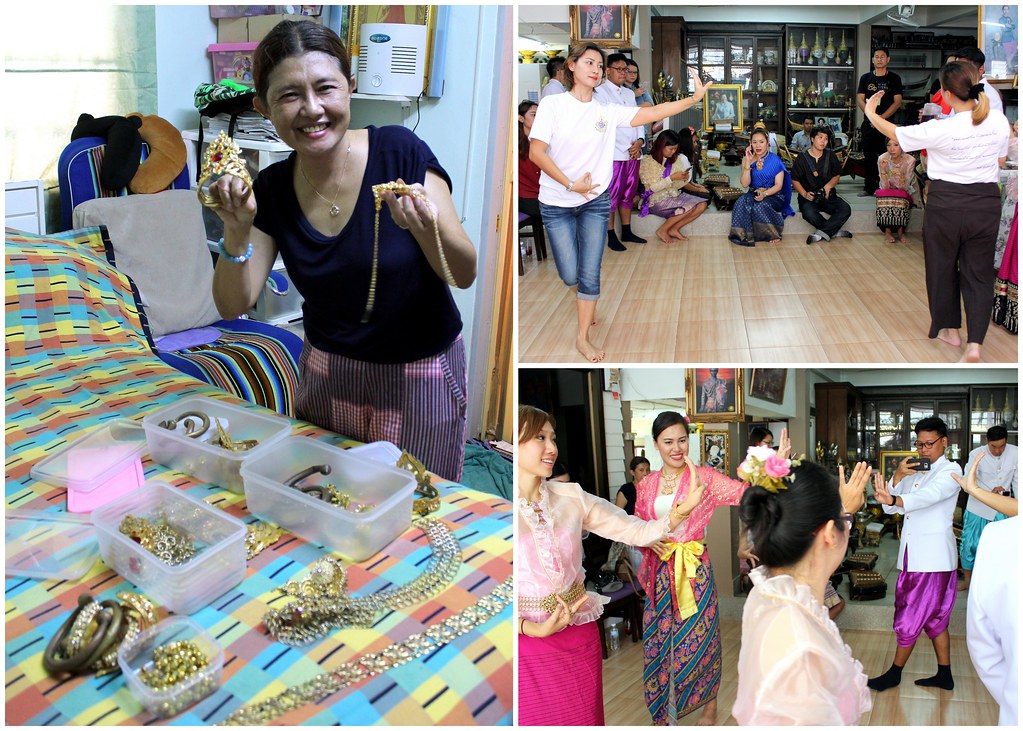
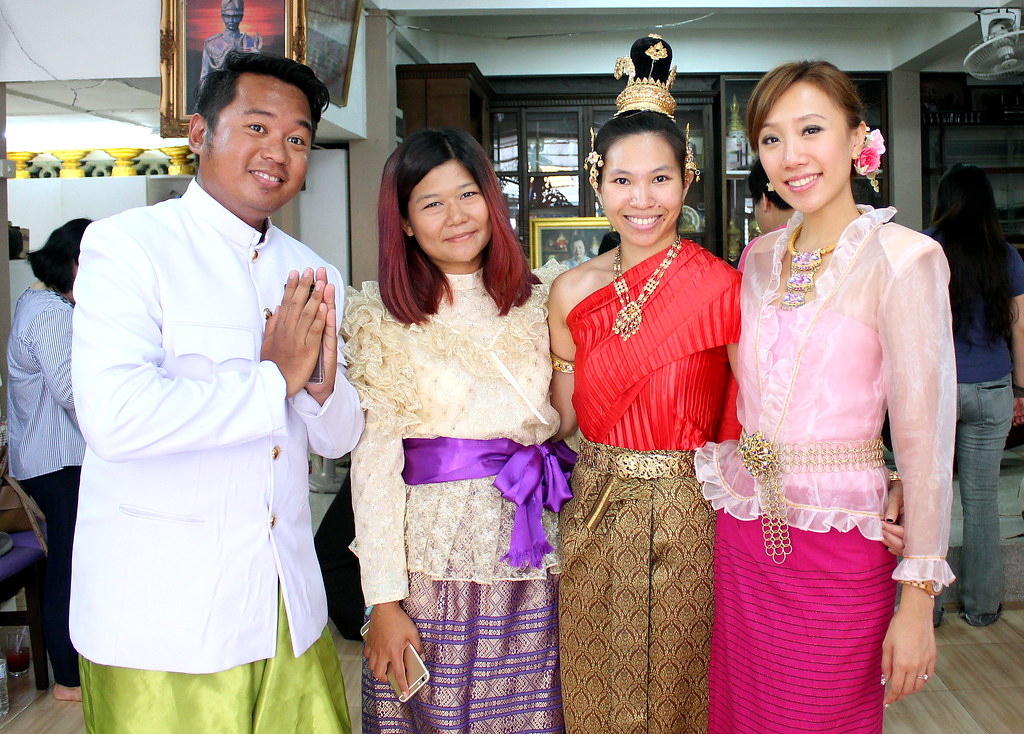
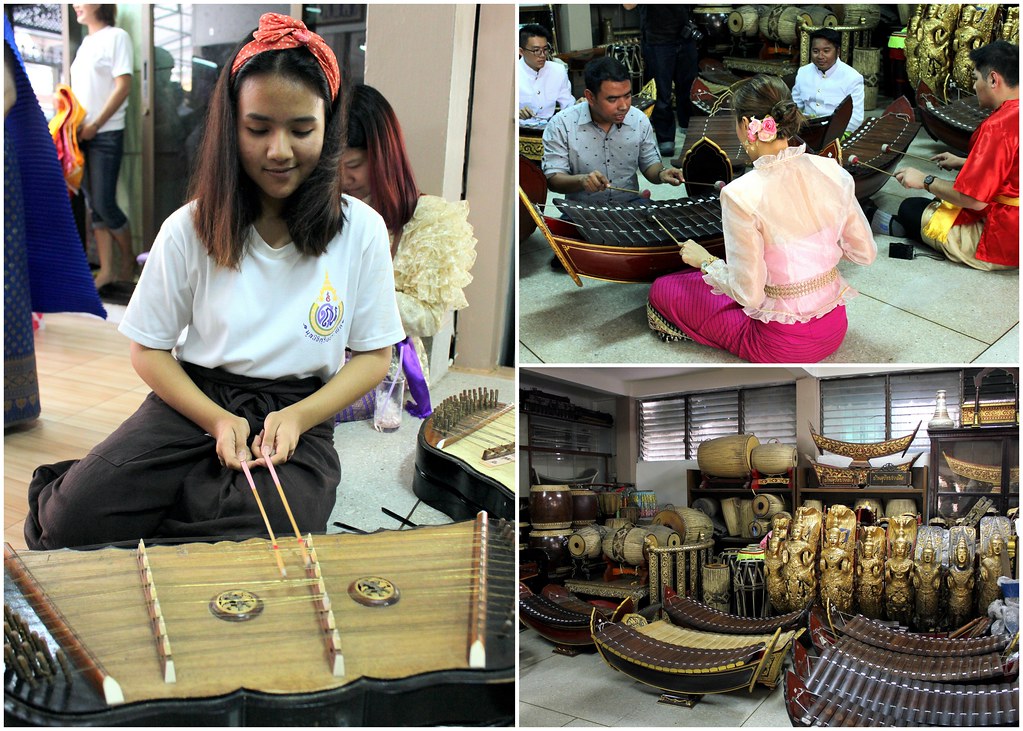
Since its establishment in 1898, the Duriyapraneet House has been actively engaged in preservation of Thai music throughout several generations. The founder of the house and his wife were a part of the Royal Orchestra Band. They had 10 children together and one of their daughters, Sutchit Anantakul, who was also the Princess Sirinthorn’s music teacher, became Thai National Artist in the performing arts (Thai music) and after her passing four years ago, her daughter, known as P-Noy, still continues to offer classes for the people in her community. We were fortunate to be able to dress up in Thai traditional costumes and learn the traditional Thai dance, as well as, play their traditional Thai instruments such as Khim, Ranat and Sor. Bai Tong, the 5th generation, is a really talented girl who taught us how to handle the musical instruments.
How to get there:
It’s just 5 minutes’ walk from Fort Sumen. Facing the Fort, turn right and you’ll come to a bridge. Cross it and continue straight ahead and you’ll spot the house on the right.
Be amazed by the architecture of Wat Bowonniwet
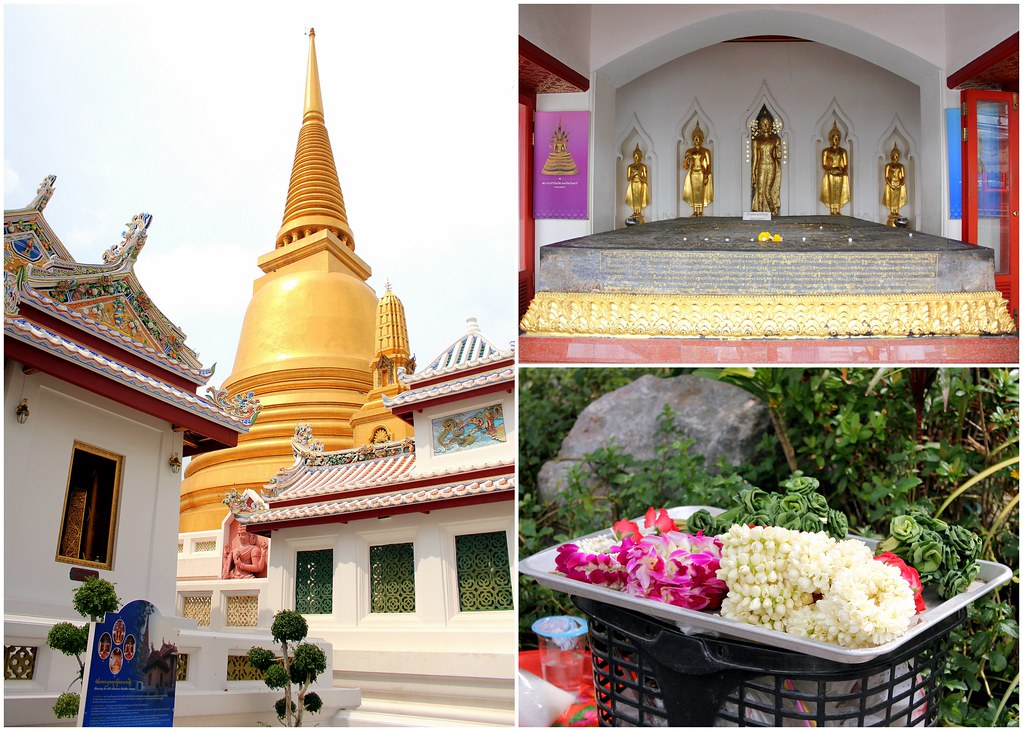

Bowonniwet Temple is a Royal Buddhist monastery of the Dhammayut tradition. It is under patronage of the Chakri dynasty and where many royal princes studied and served their monkhood, including the current king. It is also a residence for the Supreme Patriach. The temple was built during King Rama 3 reign with a perfect mix between architecture of Western colonial, Thai and Chinese styles. There are two gorgeous eye-catching Buddha statues located in Wat Bowonniwet. Both are made from bronze and covered with solid gold on the outside. The “stupa” is built in gold by King Rama 3 and there are four animals around the body of the “stupa” – horse, representing Myanmar, bird, representing the Kingdom North of Thailand, elephant, representing Laos, and lion, representing Singapore.
How to get there:
It’s about 10 minutes’ walk from Fort Sumen and just across the street from Aeisah Rosdee.
Learn about Thai Nakon Nielloware
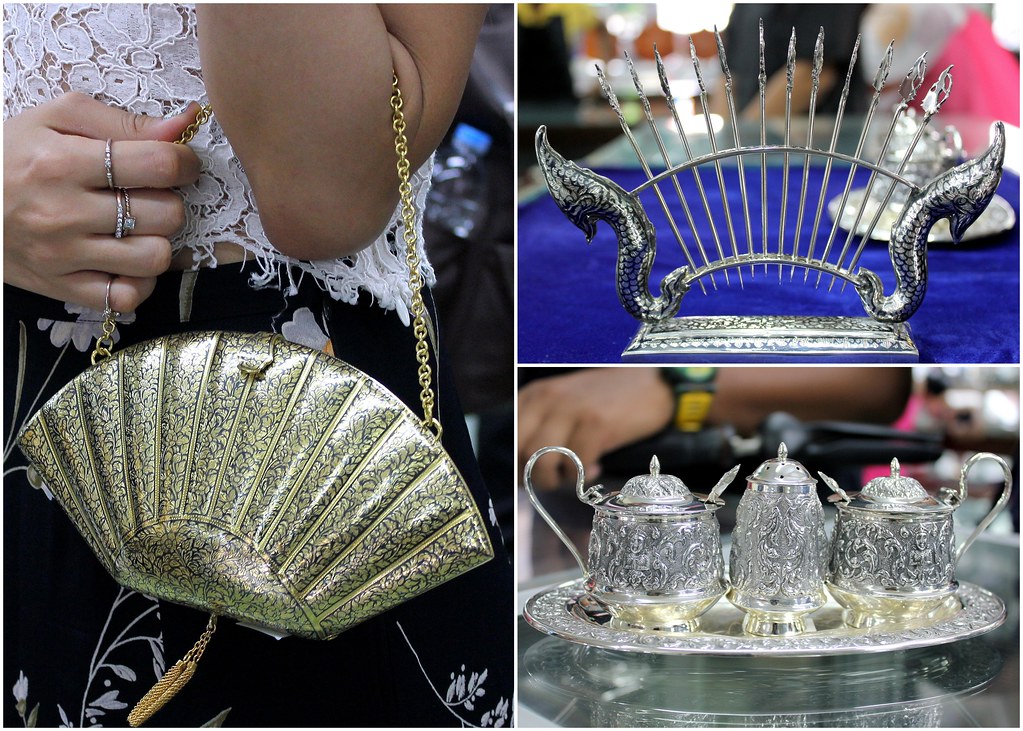

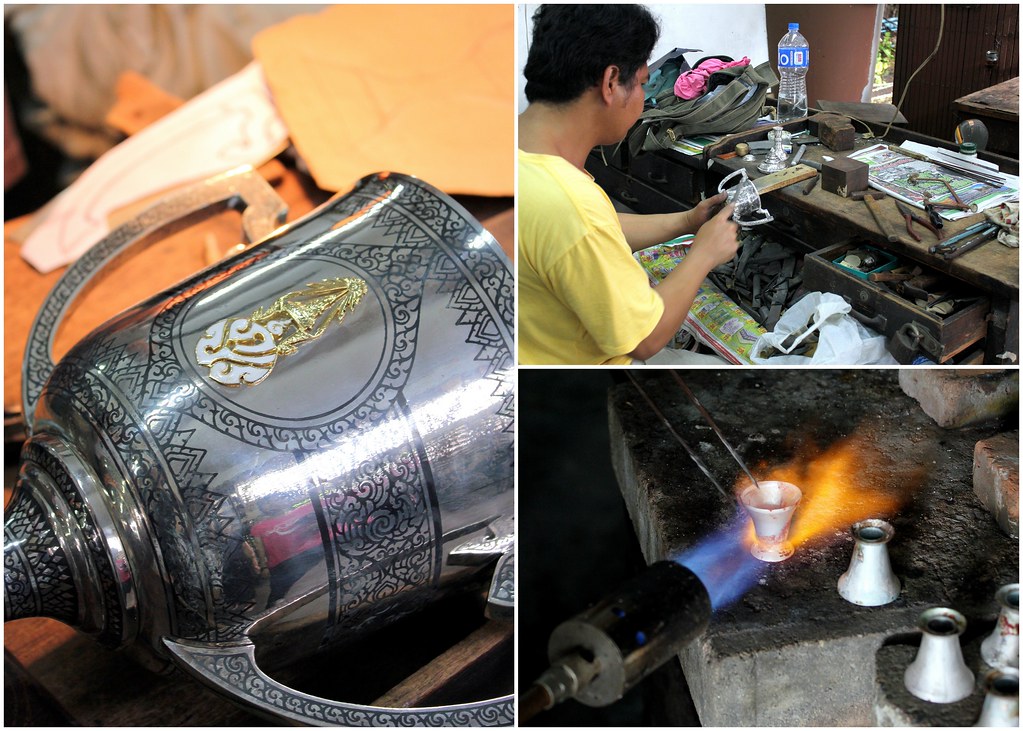
Famous for its unique nielloware, Thai Nakon was established in 1926 as the first and oldest Nielloware maker in Bangkok. The “niello” came from Thai word “niel” for black, which is enriched on the smooth surface of sterling silver after using acid reaction. There are only a few artisans left who are still continuing the exquisite arts of nielloware making. Everything here is delicately and meticulously handmade step by step. The nielloware is often a precious collectible and souvenir for foreign government and royal guests.
Thai Nakon R.O.P.
Address: 79 Prachathipatai Road, Panthom, Phra Nakon, Bangkok 10200
Phone: 02-281-7867 / 02-629-0793
Website: http://www.thainakonsilver.com
Opening Hours: Mon-Fri 8am to 4pm. Closed on Saturdays and Sundays.
Explore Siam Niramit’s Traditional Thai Village


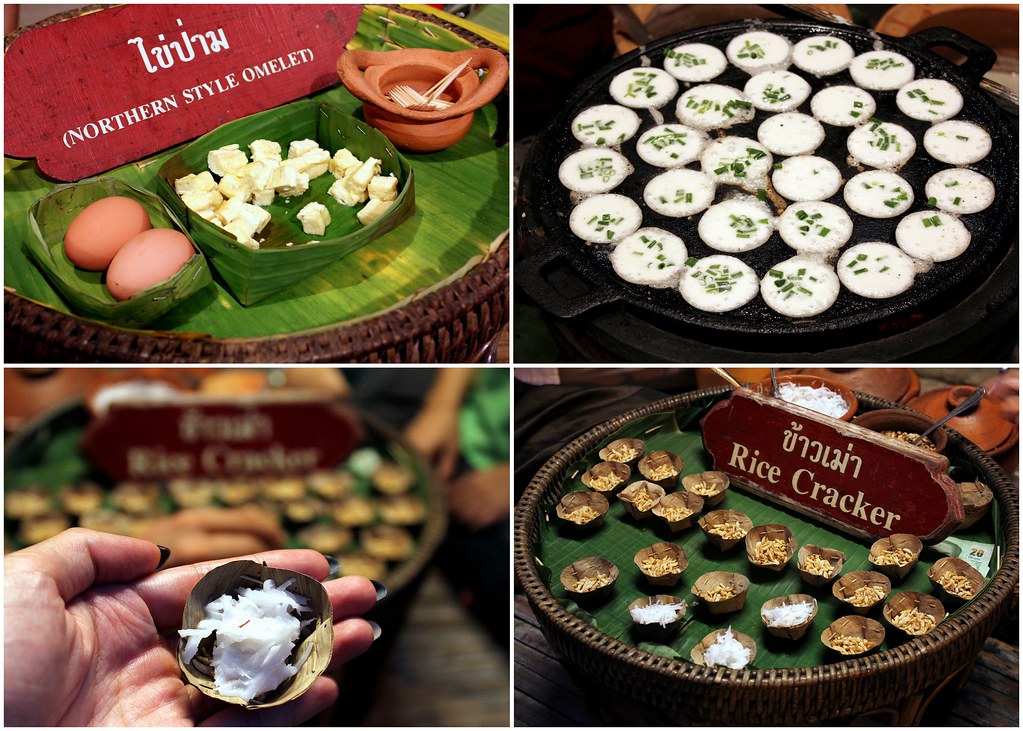
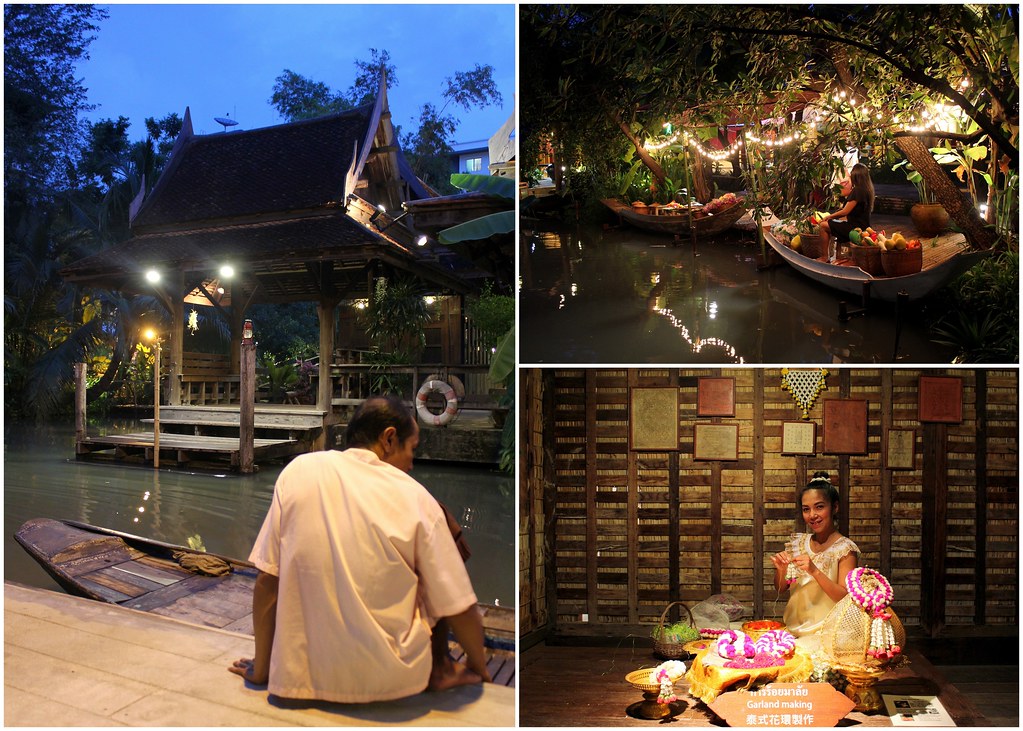
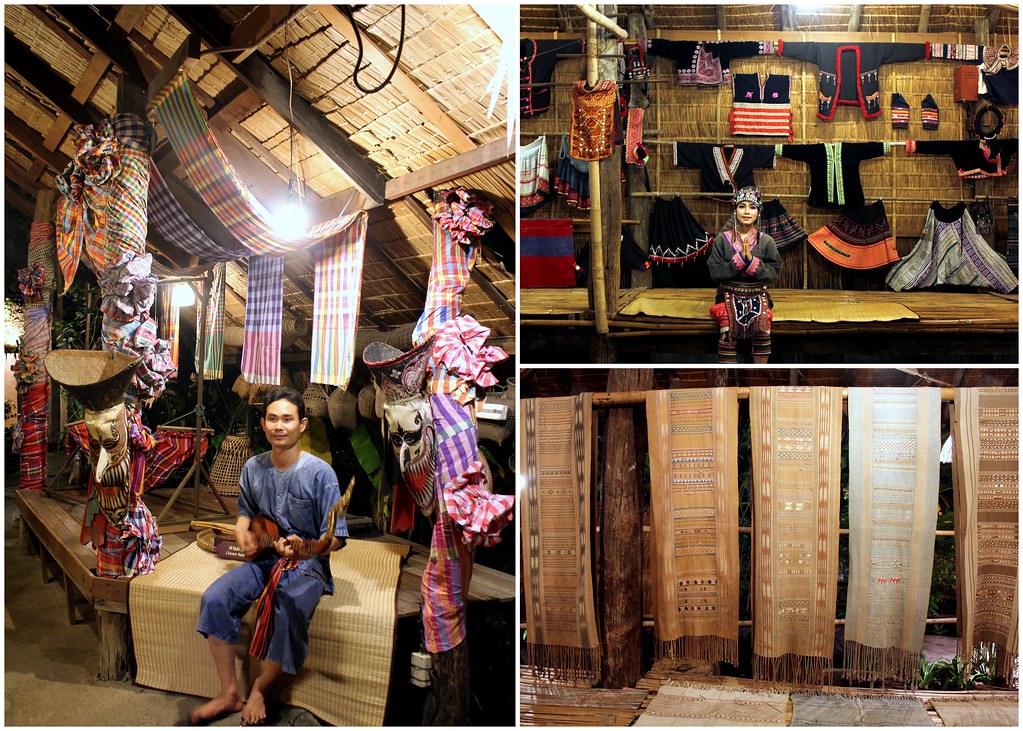
Walk on foot and explore the Thai ways of life in bygone times which is not easy to find nowadays. You’ll be able to sample traditional snacks such as Khanom Krok, a popular Thai snack which is something like a coconut pudding. You’ll learn about the cultural differences between Northern and Southern Thais’ way of life. You’ll also get to understand the process of making silk and weaving, be attracted to the colourful batik paintings, making shadow puppets and even take boat rides.
About World Tourism Day

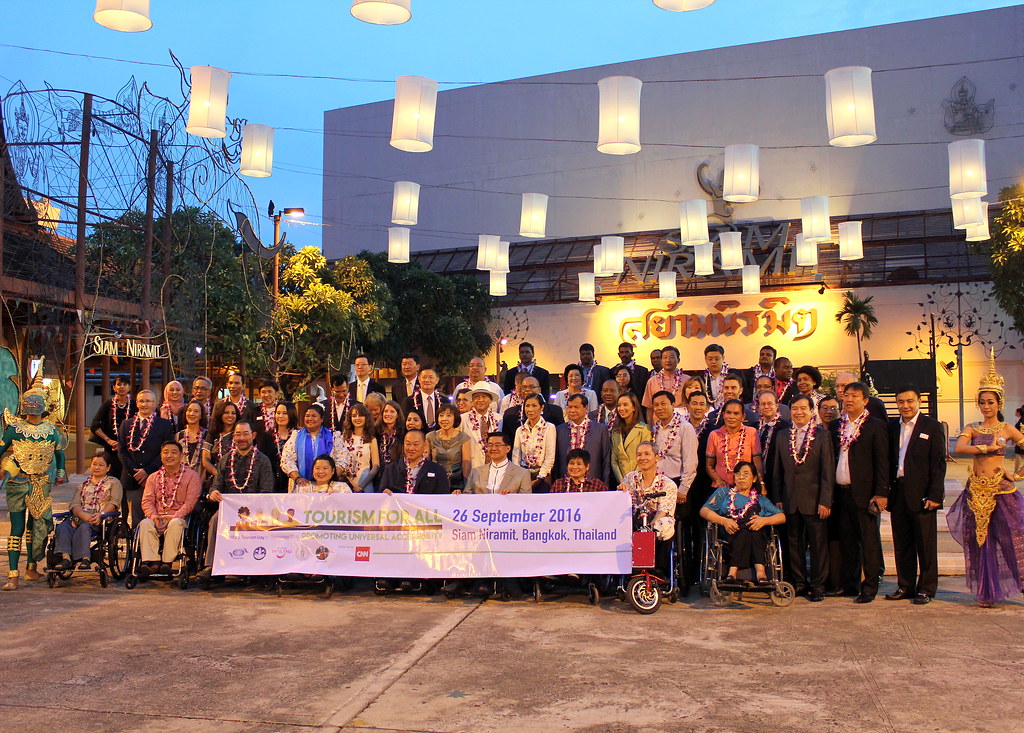
World Tourism Day is celebrated on 27 September each year since 1980 to foster awareness among the international community of the importance and significance of tourism and its social, cultural, political and economic value. This year, World Tourism Day is celebrated in Bangkok from 26 September 2016 to 29 September 2016 and aims to introduce and promote Bangkok’s disappearing history and culture to the world such that it becomes sustainable.
We would like to thank Thai Airways, (Amazing Thailand) Tourism Authority of Thailand and the World Tourism Organization for organizing the ASEAN Bloggers Media Trip to Bangkok.



